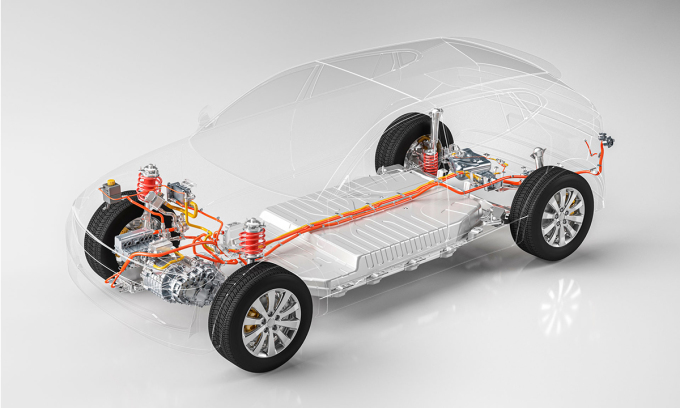
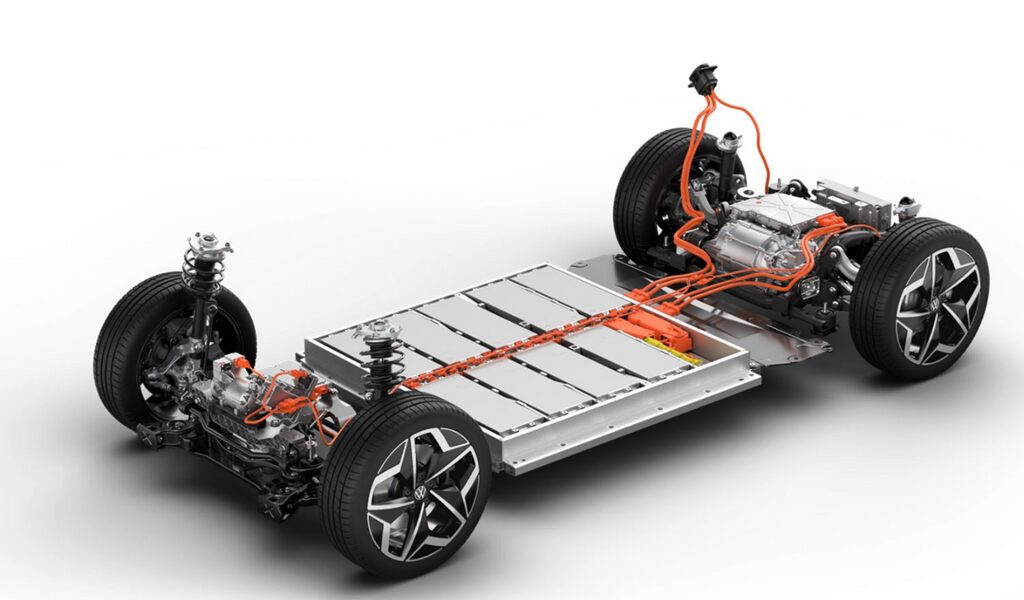
With government support, many European countries, the US and China are promoting the transition from conventional cars to electric vehicles. In Japan, companies such as Toyota, Nissan and Mitsubishi Motors are leading the way in rapidly developing electric vehicles (EVs). Electric vehicles are powered by batteries and motors instead of gasoline engines. Each manufacturer makes a different version of this engine. I believe everyone knows that Nissan has sold LEAF electric cars, etc
The two main types of motors are DC motors and AC motors that operate on DC and AC power sources respectively. DC motors can be classified into brushed DC motors and stepper motors. Brushless motors, a subgroup of AC motors, consist of a rotor that rotates when current flows through it and a stator that rotates the rotor. On that basis, we introduce the features of each of the above mentioned engines.
We will start with brushed DC motors. Brushed DC motors use coils (electromagnets) for the rotor and permanent magnets for the stator (Figure 1). As the rotor rotates, the magnetic field will automatically change and it will continue to rotate semi-permanently as long as current flows through it. Due to its simple structure, this system is inexpensive. However, the disadvantages of brushed DC motors include the need for the commutator brushes to be in contact with the power source, which can cause noise due to friction and brush wear.
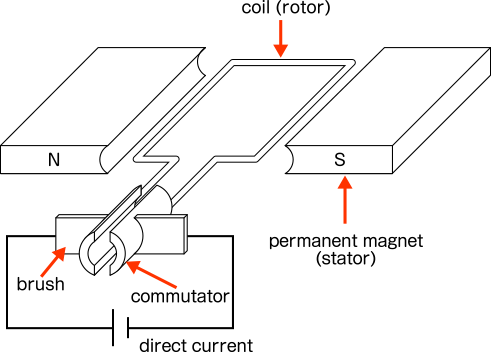
Figure 1 Diagram of a DC motor with carbon brushes
In contrast, stepper motors use permanent magnets for the rotor and electromagnets for the stator, as opposed to brushed DC motors. Multiple electromagnets are placed on the stator and only one of them is turned on (Figure 2).
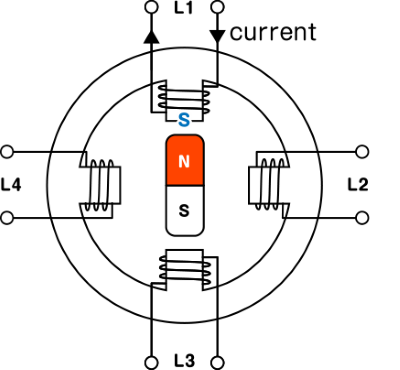
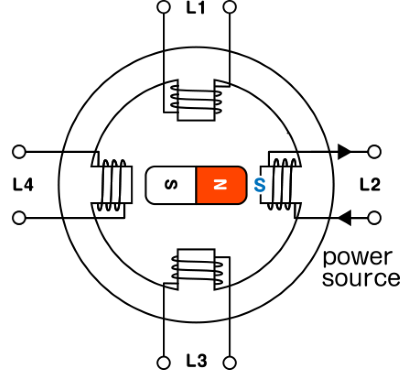
Figure 2 Working principle of stepper motor:
(a) turn on the first electromagnet;
(b) the first electromagnet is off and the second electromagnet is on
When the rotor approaches the electromagnet to react with the rotor's magnetic poles, the electromagnet is turned off and the electromagnet in front of the rotation is turned on. Repeating this, the rotor continues to rotate and the rotation speed is controlled. However, many electromagnets are needed for smooth control, and switching control becomes difficult.
To prevent these disadvantages, brushless motors are used in electric vehicles (Figure 3). They operate on three-phase AC power and in contrast to brushed motors, the rotor is a permanent magnet and the stator is an electromagnet.
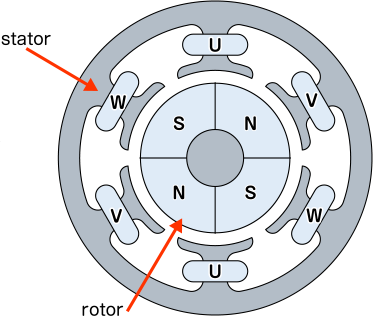
Figure 3 Brushless motor diagram. U: U-phase coil; V: V phase winding; W: W phase winding; rotor: magnet
Brushless motor has little noise and no brush wear; Furthermore, controlling the electromagnet will be easy. However, an electromagnet control mechanism such as a stator is required and must be powered by a three-phase AC power source. In particular, to detect and supply alternating current based on the rotation speed of the rotor, a rotation position sensor is needed.
In the case of electric vehicles, it is also important to control the alternating current depending on the degree of pressing the accelerator pedal and the rotation speed of the rotor, which requires the use of an accelerator position sensor. Based on the values from these sensors, the ECU (electronic control unit) adjusts the frequency and amount of current to obtain appropriate values for rotational speed, torque and other parameters.
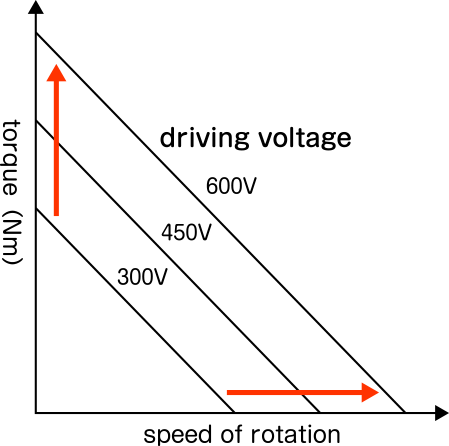
Figure 4 Relationship between drive voltage and torque
Furthermore, the higher the driving voltage, the greater the torque and the faster the rotor rotates (Figure 4). Automobile manufacturers are working to increase starting voltage.
There are many different factors that determine the power source of an EV motor. They are basically divided into four categories: voltage, electrical capacity, characteristics and safety.
Lithium-ion batteries are the dominant battery type for electric vehicles, although they only provide 3.6 V per cell. Typically, a 7.2 V cell is used as a module, and four modules are connected in series and parallel. Depending on the manufacturer, these modules are connected in series and are used to supply voltages such as 280 V or 360 V. For example, a three-phase ac synchronous motor fitted with neodymium permanent magnets , EM61, is operated at a drive voltage of 345 V and is used in the electric vehicle, Nissan Leaf.
The second type is electrical capacity. This is important because the travel distance will increase if the electrical power is high. The October 2017 Leaf model has 40 kWh of power and an EPA range of 141 miles. Worldwide, BMW's i3 has a capacity of 33 kWh and an EPA range of 182 km. The leading electric vehicle manufacturer is Tesla Motors. The electric capacity of the Model S varies from 60 to 100 kWh and supports charging voltages of 110, 220, and 440 V (Table 1).
Table 1 Electric capacity of different electric vehicle models
| Automobile manufacturer | Type of means of transport | Type | EV driving mode (JC08) | EV driving mode (EPA) | Capacity of one battery | Fast charging |
|---|---|---|---|---|---|---|
| BMW car | i3 (94 Ah) | BEV | 390 | 182 | 33 | Correct |
| Honda's motobike | FitEV (expired in March 2016) | BEV | 225 | 131 | 20 | Correct |
| Mitsubishi | i-MiEV X | BEV | 180 | 99 | 16 | Correct |
| Mitsubishi | i-MiEV M | BEV | 120 | 66 (undisclosed) | 10,5 | Correct |
| Nissan | Leaf, New Model (40 kWh) | BEV | 400 | 241 | 40 | Correct |
| Nissan | Leaf, Old Model (30 kWh) | BEV | 280 | 171 | 30 | Correct |
| Tesla | Model S75 | BEV | (undisclosed) | 398,4 | 75 | Correct |
| Tesla | Model S P100D | BEV | (undisclosed) | 504 | 100 | Correct |
| Tesla | Model X 75D | BEV | (undisclosed) | 380,8 | 75 | Correct |
| Tesla | Model X P100D | BEV | (undisclosed) | 462,4 | 100 | Correct |
| Volkswagen | Electronic golf | BEV | 301 | 201 | 35,8 | Correct |
Third, lithium-ion batteries have specific electrical properties based on temperature. The temperature increases due to charging and discharging, and the output voltage decreases when the temperature exceeds 70℃. Furthermore, the internal resistance increases when the temperature drops below -30oC.
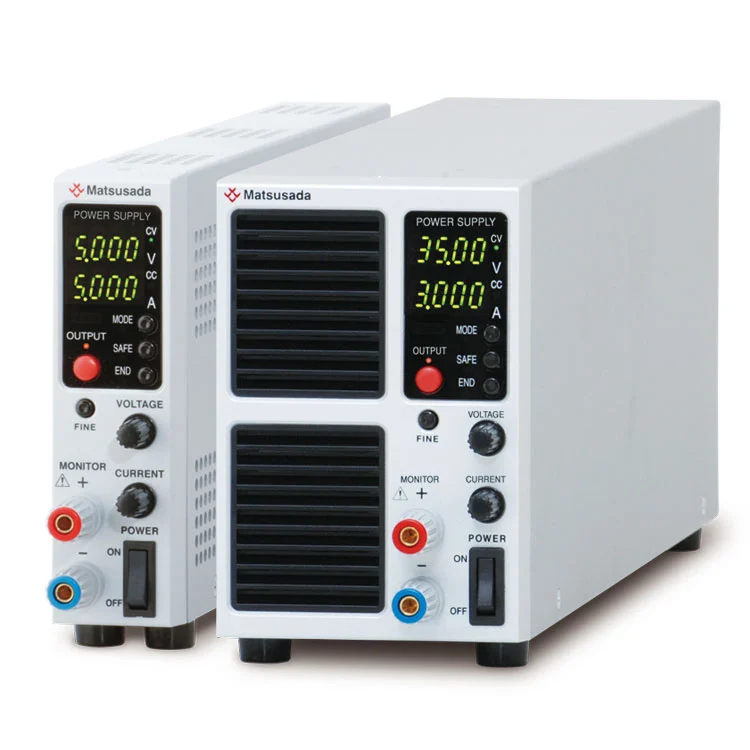
MATSUSADA CD Series Battery Charge (DC) Tester
Finally, there are also safety concerns. Fluid leakage may occur due to the use of electrolytes. Leak prevention measures in the module are important to prevent problems while driving.
In addition, because the vehicle needs to ensure safety in the event of a collision, it requires a level of no leakage even under normal conditions, leading to an increase in weight and cost of the vehicle. The voltage required to determine whether there is a leak is high compared to the 100 V required for household use. 12 V batteries installed in gasoline vehicles make comparisons with EVs difficult. An EV is a collective entity consisting of components with different voltages, from motors requiring high voltage to motors requiring low voltage. Therefore, safety tests should also be performed with power sources that support a variety of voltages.
References: https://www.semiki.com/nha-san-xuat/matsusada?swcfpc=1
SEMIKI is a leading company in the market providing battery testing system solutions, programmable DC power supplies... selected Semiki products can support many requirements of famous electric vehicle factories.
CONTACT:
SEMIKI Measuring Equipment Company Limited
Email: sales@semiki.com
Phone: +84 9797 61016